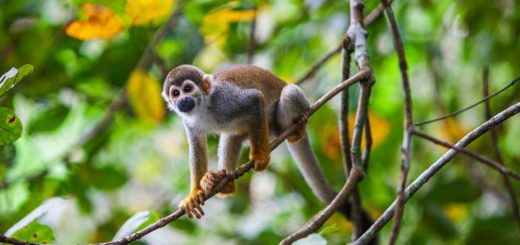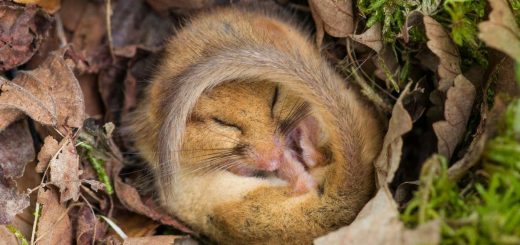Ancient crocodile relative could have ripped dinosaurs apart
A fossil discovered in Patagonia shows a 3.5-metre-long reptile from the late Cretaceous with large, serrated teeth capable of slicing through muscle
By James Woodford
27 August 2025
Artist’s illustration of the ancient reptile Kostensuchus atrox
Gabriel Diaz Yanten, CC-BY 4.0
An ancient crocodile relative that lived around 70 million years ago was probably such a formidable predator that it could have eaten medium-sized dinosaurs for breakfast.
“Its large teeth had serrated edges like steak knives, which is a strong signal that this animal could tear through muscle and bone, probably hunting small-to-medium-sized dinosaurs or other large prey,” says Diego Pol at the National Council for Scientific and Technical Research in Buenos Aires, Argentina.
Read more
Largest ever animal may have been Triassic ichthyosaur super-predator
Advertisement
Kostensuchus atrox, which in life would have been about 3.5 metres long and weighed around 250 kilograms, was found in March 2020 in southern Patagonia. The fossil included a beautifully preserved skull and parts of the predator’s skeleton.
Its genus name comes from the Patagonian wind known as the kosten and the Egyptian crocodile-headed god known as Souchos, with atrox meaning fierce or harsh in Latin.
It lived at the end of the Cretaceous and is from a group of crocodile relatives known as the peirosaurid crocodyliforms, which didn’t survive the extinction event 66 million years ago that also wiped out most dinosaurs.


